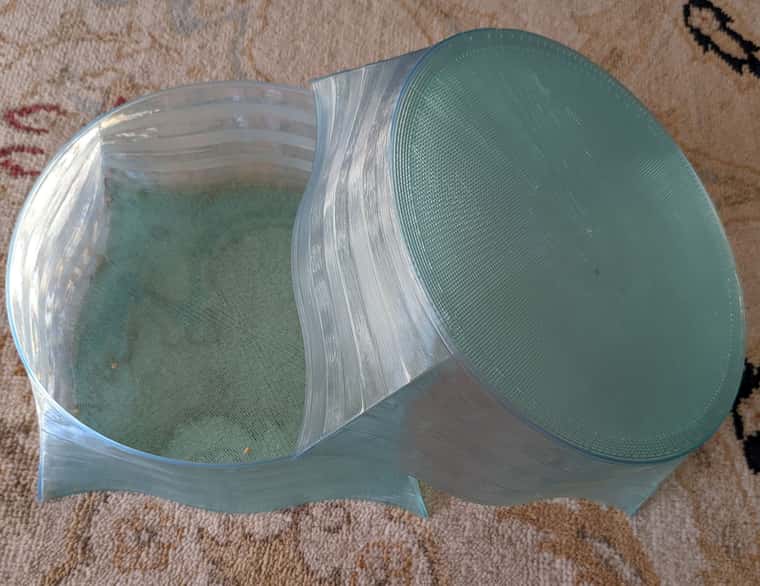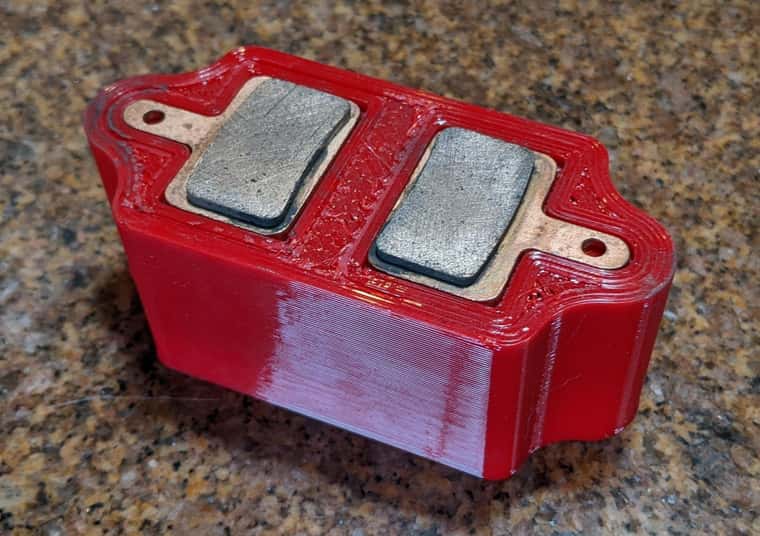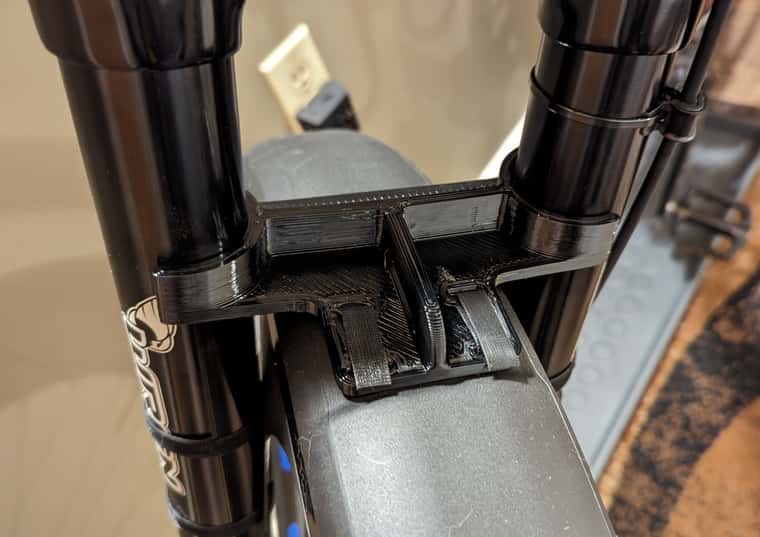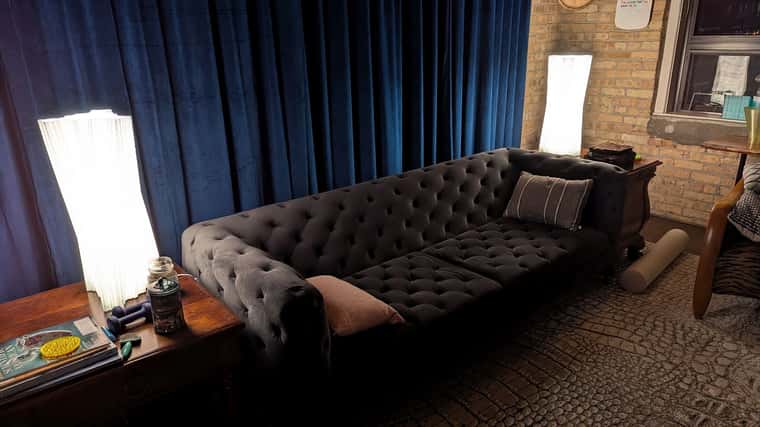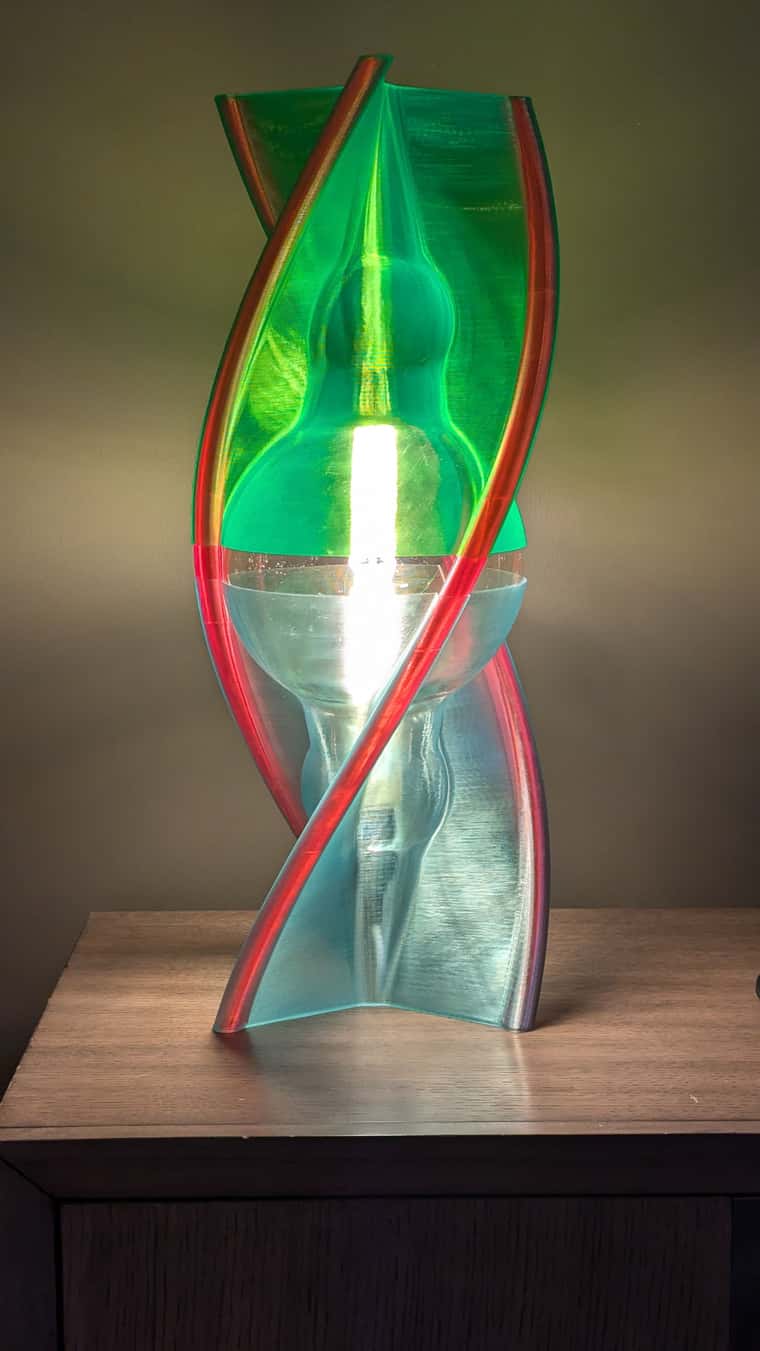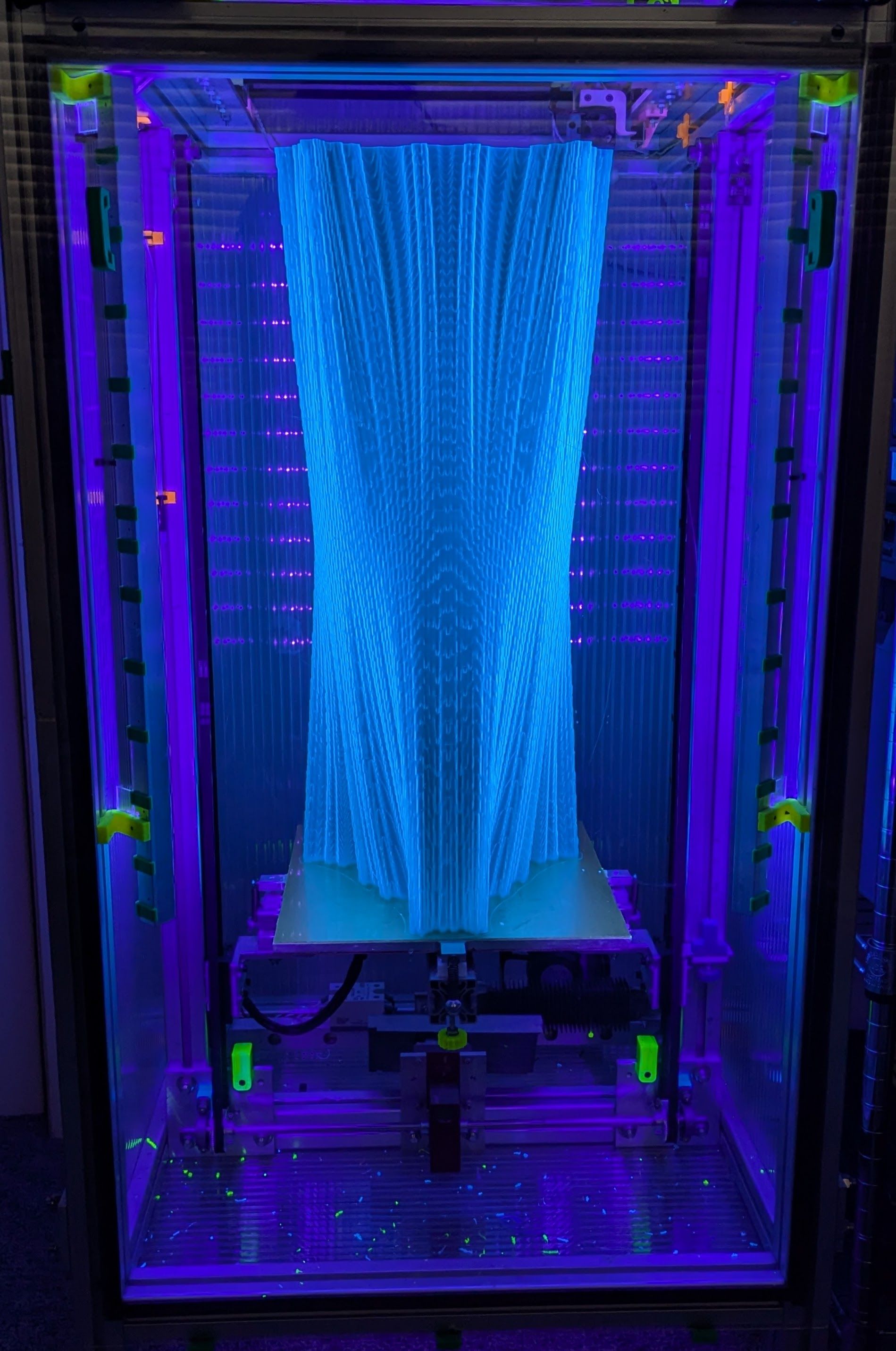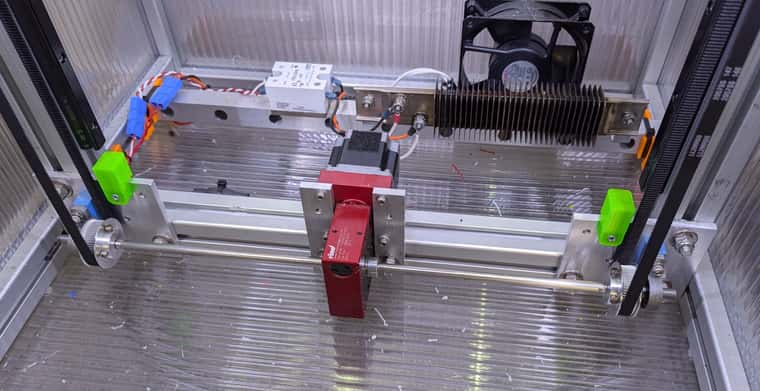@gwatson90 I don't know if the belts expand significantly at elevated temperatures. Most belts have glass cores and glass tends to be pretty stable over temperature. I would think that since both belts will be at the same temperature there won't be any tension differential causing the X axis to tilt relative to the Y axis, bit I'm just speculating. It shouldn't be too hard to test it. You could always tension the belts at the print temperature to make sure the X axis is square. Make sure you buy belts that are specced for high temperature operation.
The most critical thing about setting up CoreXY is to ensure that the pulleys are positioned accurately to keep the belts parallel to the linear guides. Any error in that will result in belt tension varying with extruder position in the XY plane and will lead to distorted prints, especially as the extruder gets closer to corners of the build space.
You will also want to use quality drive pulleys that have properly sized and centered holes, and quality idler pulleys. Don't buy the cheapest crap that is marketed to 3D printer hobbyists. Gates makes quality drive pulleys that you can buy from Filastruder. I recommend stacked ball bearings for idlers. The cheap, crappy 3D printer idlers have too-tiny bearings that wear out quickly.
Finally, don't stand pulleys up on posts. The belt tension will cause them to tilt. Make sure pulley shafts are supported solidly at the top and bottom.
See: https://drmrehorst.blogspot.com/2023/07/corexy-x-axis-wobble-revisited.html
and https://drmrehorst.blogspot.com/2020/12/x-axis-wobble-in-ummd.html
